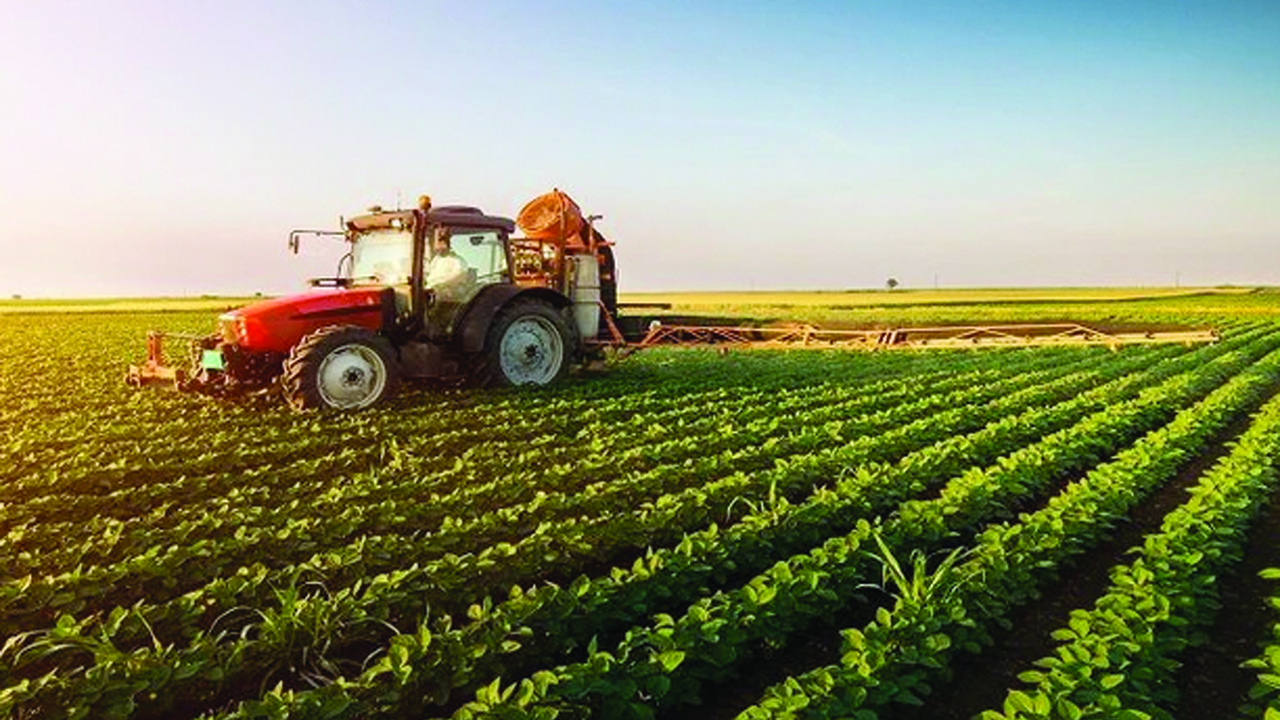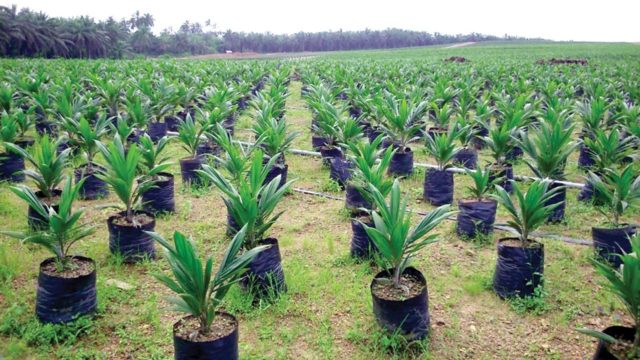10 Ways To Preserve Farm Produce
10 Ways To Preserve Farm Produce. A preserved food, as opposed to a raw meal, may be kept for a longer length of time. Food preservation techniques vary widely. The purpose of writing this article is to answer the following questions: How can we preserve farm produce in Nigeria? What are the 7 methods of food preservation?

Preservation of Farm Produce
Home food preservation techniques like cold storage and freeze-drying are both ancient and modern. Some home food preservation methods have been deemed unsafe for use in the wake of the BSE scare. Each technique results in a distinct taste and texture. Additionally, some foods keep better in one method than another.
Food storage doesn’t have to be difficult, but proper food safety procedures must be followed in order to prevent foodborne diseases. The process of keeping food from spoiling after it has been harvested or slaughtered is known as food preservation. Such customs date all the way back to the dawn of time. Drying, chilling, and fermentation are a few of the more traditional techniques of food storage. Canning, pasteurization, freezing, irradiation, and chemical addition are examples of modern techniques.
Modern food preservation has benefited greatly from advancements in packing materials. It must be consumed or dealt with quickly in order to prevent a needless demise and compost pile burial. This is what we call Food spoilage.
See also: How to start a fish farming business in Nigeria
Food Spoilage
To say something has gone bad with food means it’s no longer suitable for human consumption. Various causes may contribute to these alterations, including microbial contamination, insect infestation, or breakdown by endogenous enzymes (those present naturally in the food). Aside from physical and chemical changes, food deterioration may be exacerbated by the tearing or oxidation of plant or animal tissues. After harvest or slaughter, foods derived from plants or animals tend to deteriorate quickly.
Damage to plant or animal tissues during postharvest treatment may liberate enzymes that are normally kept in the cells. With the help of these enzymes, the cellular substance may begin to degrade. Enzyme-catalyzed chemical reactions degrade food quality by causing off-flavours to emerge, texture to degrade, and nutrients to be lost.
Ways to preserve farm produce
1. New Stocks in the Warehouse
Many garden-fresh vegetables may be stored for a surprising amount of time if given the proper circumstances. There are a variety of long-lived vegetables and fruits in this category that may endure anywhere from one to six months depending on the harvest. However, proper storage is critical: Root cellars (like the one shown above) are ideal for certain types of fruit, while garages (like the one pictured above) are better for others. Rodents that gnaw on things need to be kept at bay.
Some kinds last longer than others, so choose fruits and vegetables that are free of flaws, nicks, and bruises when making your selection. There can be no rotten apples here.
2. Drying/Dehydrating
Home food preservation techniques like food drying date back thousands of years. Some methods for drying food include commercial dehydrators like the Excalibur or American Harvest Dehydrator, solar dehydrators like the Sun Oven or a baking sheet in the oven. When space is at a premium, dried foods are the way to go. However, not all foods dehydrate well. For best results, store dehydrated foods in an airtight container in a cold, dry place. Fruits and vegetables are excellent sources of electrolytes, which the body uses to replenish itself.
Dehydration, one of the oldest preservation methods, keeps food fresher longer by eliminating as much water as possible from it. What was the end result? Tomatoes, grapes, berries, and more have shrunk to the size and weight of raisins, making them ideal for hiking or other outdoor activities.
3. Fermenting
If you’re scratching your brain over a glut of cucumbers or cabbage, you may wish to experiment with fermentation, which is another old method of preserving food. Cucumbers and spices are submerged in a saltwater solution for a few weeks, after which they are stored in a cold location to produce lactic acid, which serves as a preservative. Similar results may be obtained by stacking shredded cabbage with salt in a pickling jar, covering it with brine, and letting it ferment for three to six weeks in a cool, dark place.
You’ll get tangy pickles and sauerkraut at the end of this time, which you can jar up and process in a water-bath canner to preserve.
4. Canning in a Water Bath
A farmer’s heart is warmed by a cabinet stocked with harvest-filled glass canning jars. Fill them with tangy applesauce or sugar-sweetened pears and they’ll hold up just fine in the event of a power loss, unlike freezer-preserved foods. When berries and other high-acid fruits like apples and pears are properly prepared and processed in a boiling water bath canner, they can be safely stored for up to a year on the shelf.
5. Process of canning under pressure
Low-acid crops, such as maize, beans, and carrots, must be carefully processed in a pressure canner before they can be safely stored for an extended period of time on the shelf. Toxins may be generated in anaerobic, low-acid conditions by bacteria that cause botulism and dwell in our soil and on our food. By heating meals to 240 degrees F or above and holding them there for a certain period of time, germs are destroyed.
See also: How to start oil palm farming in Nigeria
6. Smoking
Foods like fish and pork are preserved using this technique of food preservation. By placing the fish or meat in front of a fireplace, the hot smoke and flames will dry it. Smoking is used to preserve a variety of foods, including crayfish, smoked fish, and pork.
7. Alcohol Infusion
What could be simpler than this when it comes to preservation? Add cherries, plums, or any other fruit to a sterilized canning jar, and then top with brandy, vodka, or any high-proof alcoholic beverage. Stir in a little sugar to taste, then cover and shake vigorously. And with that, I conclude. Even while alcohol is a great preservative, it’s best to keep your “drunk” fruit in the fridge until the flavours have had time to blend completely before serving. Then, in moderation, enjoy them on desserts or even neat.
8. Salting
Using his technique, you can extend the shelf life of farm-raised items like fish and meat. Preserving food with salt is the most frequent application of a chemical. Salt kills germs and aids in the quick drying of food. People used to preserve food by soaking it in salt or sugar before contemporary methods such as canning, freezing, and dehydrating became commonplace.
Sugar and salt are emollients, which means they pull moisture from the meal. This hinders the development of microbes. Water is required for the growth of bacteria and mould.
9. Pickling
Vinegar may be used to preserve food without boiling or canning since microbes cannot live in such an acidic environment. Think of a pickle barrel from the good old days. Every season, I prepare a jar of vinegar pickles at the very least one more than that. It all depends on what you’re picking—from dill pickles to green tomato relish—and the methods will change accordingly.
10. Using Olive oil
Despite its popularity in Europe, this technique of home food preservation is not for the novice home food preserver. To keep food fresh, it’s submerged in oil, which keeps oxygen out. Vegetables with low acidity pose a significant botulism threat. In the end, it’s all up to you and the storage circumstances.
Conclusion
The nutritive benefits of adequately matured produce are likely to be higher than that of most grocery shop options, regardless of how you preserve it at home. Dried goods have a long shelf life and occupy relatively little storage space. Dehydrated foods may be used in soups, stews, and other dishes that need lengthy, slow cooking with plenty of liquid, or they can be eaten as snacks.
See also: How to start an onion farming business in Nigeria
We Believe This Article Was Helpful, Don’t Hesitate To Share This Information With Your Friends On Facebook, Twitter, Whatsapp and Google plus.
Copyright Warning: Contents on this website may not be republished, reproduced, redistributed either in whole or in part without due permission or acknowledgement. All contents are protected by DMCA.
The content on this site is posted with good intentions. If you own this content & believe your copyright was violated or infringed, make sure you contact us via This Means to file a complaint & actions will be taken immediately.



